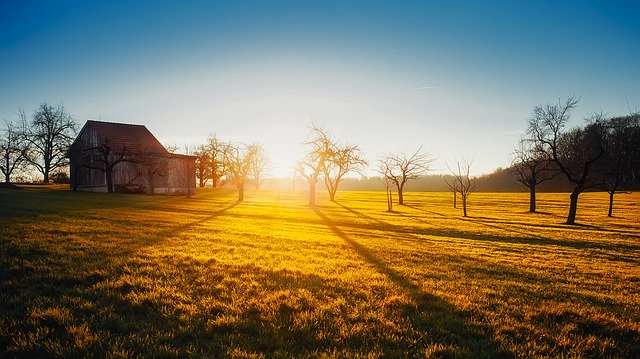
Parrys Comprehensive Guide to your Barn Conversion..
Barn conversions are becoming an increasingly popular option for those looking to create a beautiful custom space in a great location. However, barn conversions are no easy feat – there is a lot of work involved. Such projects require careful planning, a flexible budget, a good design, and quite a lot of patience. The end does justify the means though, as the result is a sense of achievement and a beautiful space that holds a high value. To help you get a sense of what is involved in a successful barn conversion, listed below are some factors worth considering before you begin.
Consent
To proceed with your conversion you will need planning permission from your local planning authority. It is best to secure this before you purchase the barn, just in case permission isn’t granted and you’re left with a barn and nothing to do with it.. You will need to check if the building is listed, and if so, you’ll need listed building consent. The closer you stay to the building’s original design/exterior, the more likely you are to get permission.
Finance & Budget
First things first, barn conversions are not cheap, and can even cost you more than building a house. This is due to the sheer amount of work involved in the process. On top of renovation and refurbishment costs, there is the challenge of preserving some of the barn’s original features, making the process a little trickier. Underpinning may cost you between 3,500 to 4000 per metre, asbestos disposal another 300 per tonne, stone repointing (always a good choice for aesthetic appeal) a further 25 – 30 per metre squared, and timber spraying can cost between 1000 and 1500 (based on a 2000sq foot barn). Though the process is costly, the value of your converted barn will be high once you’ve finished the project.
Surveys
Barns are built for functional purposes, usually built quickly and cheaply, and to meet agricultural needs. It is essential then, to inspect the building before making any commitment. Stability, damp/dry rot, and load bearing must all be taken into consideration. A surveyor will provide you with the information you need to put you in the best position, getting a sense of how much work will be involved, the cost, and potential issues you might face during the project. A survey lets you know whether or not the conversion is a viable choice.
Character
Barn conversions are of such high value because of their charming character. It is important therefore that you remain true to the building, and make sure it retains its original character. Consider what initially attracted you to the building in the first place. Old beams, beautiful stonework, and timber cladding add a charming quality to the conversion, so it is best to incorporate them into the design as much as you can. Often, as a requirement for planning permission, planning authorities insist that the original character of the barn is retained, so it is not just about aesthetic choice!
Architect
The design process in converting a barn can be taxing, so it’s important to hire a reputable architect. To maximise the potential of a pre-existing structure takes a well trained eye and a lot of skill, more so if the building was not intended to be inhabited. Hire a good architect if you really want to maximise your space.
Insulation
A lot of farm buildings are uninsulated, so one of the primary tasks in the conversion process is to insulate the space to meet with modern standards.You will likely want to preserve the barns exterior for aesthetic appeal, so the walls behind the exterior will have to be treated internally To keep vaulted ceilings, insulation should be fitted between the rafters. Protective underfoot insulation will also be needed. Timber framed barns are less challenging for developers, because the cladding can be easily removed, allowing you to add insulation between the frames.
Services
It’s unlikely that your barn will already be connected to electricity, gas, mains water, or drainage. If the barn has been out of use for a long time, the pre-existing services may no longer be usable by the time it’s in your hands. Get quotes from different service providers, as this part of the process can easily increase the cost by thousands.
Natural Light
Don’t forget about the importance of natural light in a space. Effective use of natural light can make your space bright and vibrant, while poor use of natural light can leave your space looking cavernous and daunting. Prioritise capturing as much natural light as there is available.
Heating
Underfloor heating is a popular option for barn conversions. As the space will be open plan, underfloor heating will provide great warmth all over the barn. This also saves you from having to install heaters on the walls, which may not be part of the layout that you had in mind.
Research
The process of converting a barn is evidently a lot of work and does cost a lot of money. However, a well converted barn sells can be extremely valuable and in the end, all the work will be worth it. Make sure that you do as much research as possible on all the factors listed above, so you can maximise the potential of your project.